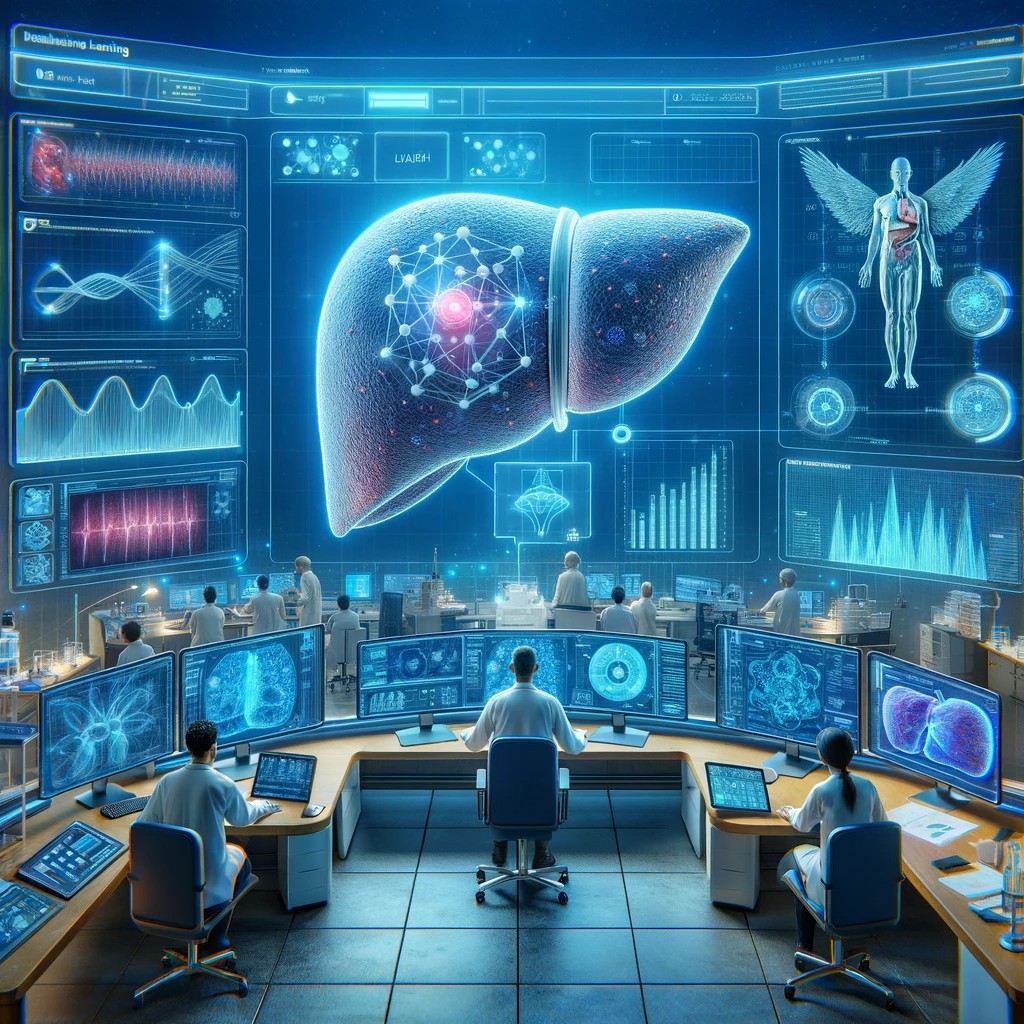In a groundbreaking development, machine learning techniques have demonstrated significant potential in the early diagnosis of Non-Alcoholic Steatohepatitis (NASH) based on clinical data and blood parameters, particularly the NAFLD Activity Score (NAS). This promising research marks a substantial leap towards non-invasive and precise NASH diagnosis, eliminating the need for invasive procedures like liver biopsy.
The global prevalence of Non-Alcoholic Fatty Liver Disease (NAFLD) has reached alarming levels, affecting over a quarter of the world’s population. NAFLD is closely associated with increased risks of liver-related and cardiovascular mortality, making it a pressing public health concern. Furthermore, NAFLD can progress to NASH, a more severe condition characterized by inflammation, hepatocyte injury, and fibrosis. Detecting NASH early is critical, as untreated cases can lead to cirrhosis, liver cancer, and cardiovascular diseases.
Traditionally, liver biopsy has been the gold standard for diagnosing NASH. However, it is an invasive procedure with potential complications, including internal bleeding. Additionally, the accuracy of diagnosis often depends on the pathologist’s expertise. To address these challenges, non-invasive methods like ultrasound, CT scans, and MRI have been developed but are still subject to human interpretation and limitations.
Harnessing clinical data and machine learning
The study underlines the importance of leveraging clinical data and blood test results, which are readily accessible and less burdensome to patients. Machine learning models, equipped with clinical and laboratory data, are emerging as powerful tools for disease diagnosis. These algorithms can analyze complex relationships within the data to provide rapid and reliable estimations, assisting healthcare professionals in making informed decisions.
What sets this research apart is its comprehensive approach. Instead of relying on a limited set of classifiers, the study explored a wide range of machine learning algorithms, including Support Vector Machine (SVM), Random Forest, AdaBoost, LightGBM, and XGBoost. Hyperparameter tuning was meticulously carried out for each classifier, optimizing their performance.
To ensure the credibility of their findings, the researchers employed a rigorous evaluation strategy – leave-one-out cross-validation over 100 repetitions. This methodology minimizes the risk of overfitting, a common challenge in machine learning research, and enhances the reliability of the results.
Identifying predictive features
To identify the most predictive features for NASH, the study employed various feature selection methods, such as Sequential Forward Selection (SFS), chi-square, analysis of variance (ANOVA), and mutual information (MI). These techniques helped refine the input data, enhancing the accuracy of the machine learning models.
Among the machine learning classifiers, Random Forest emerged as the top performer, coupled with SFS feature selection and ten carefully chosen features. It achieved an impressive accuracy of 81.32%, sensitivity of 86.04%, specificity of 70.49%, precision of 81.59%, and an F1-score of 83.75%.
This research signifies a significant step towards revolutionizing NASH diagnosis. By utilizing machine learning algorithms in conjunction with clinical data and blood parameters, healthcare professionals can potentially identify NASH early, allowing for timely intervention and reducing the risk of severe complications.
The study’s emphasis on non-invasive diagnostic methods underscores the potential to minimize the risks and discomfort associated with invasive procedures like liver biopsy. Instead, clinicians can rely on readily available patient data, making NASH diagnosis more accessible and less burdensome for patients.
A Step-By-Step System To Launching Your Web3 Career and Landing High-Paying Crypto Jobs in 90 Days.
